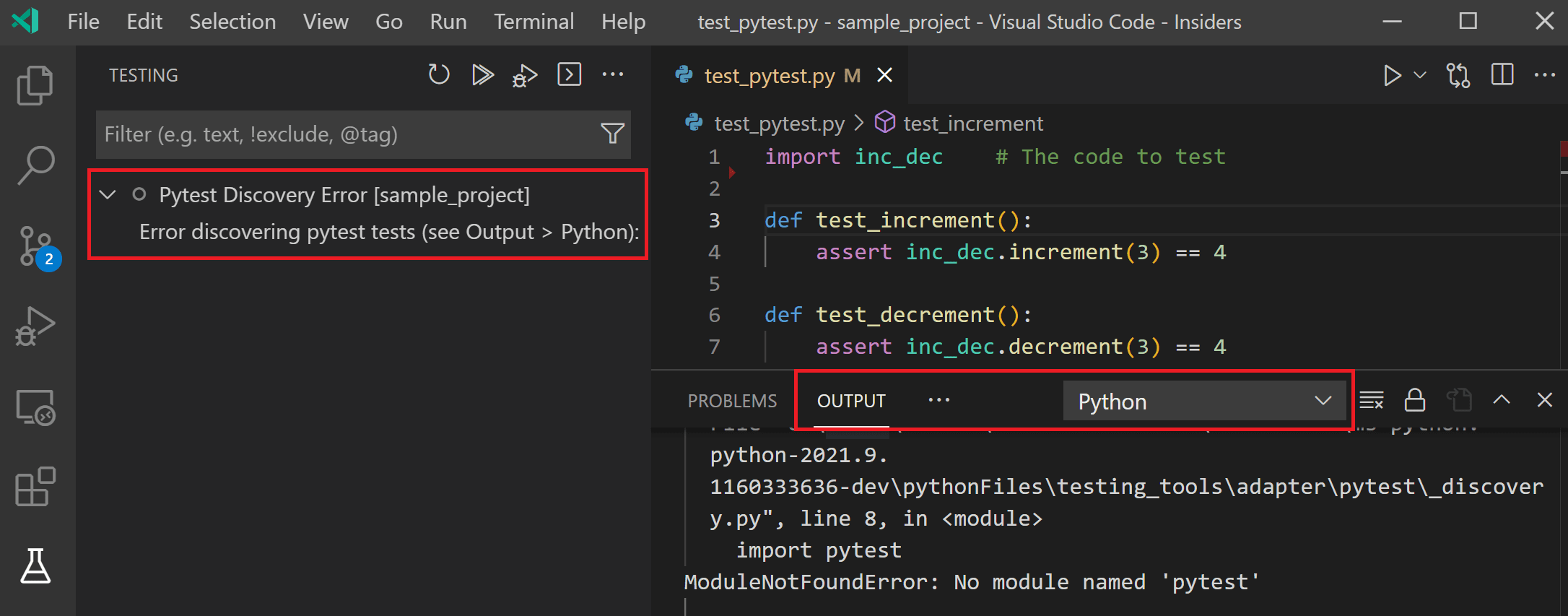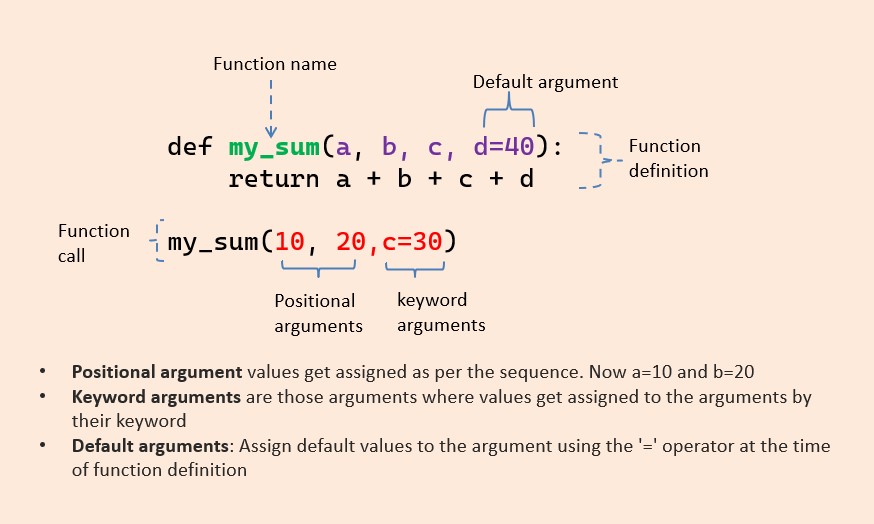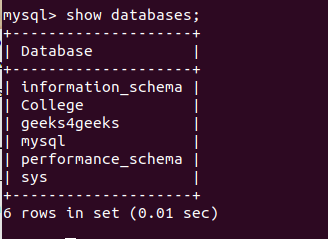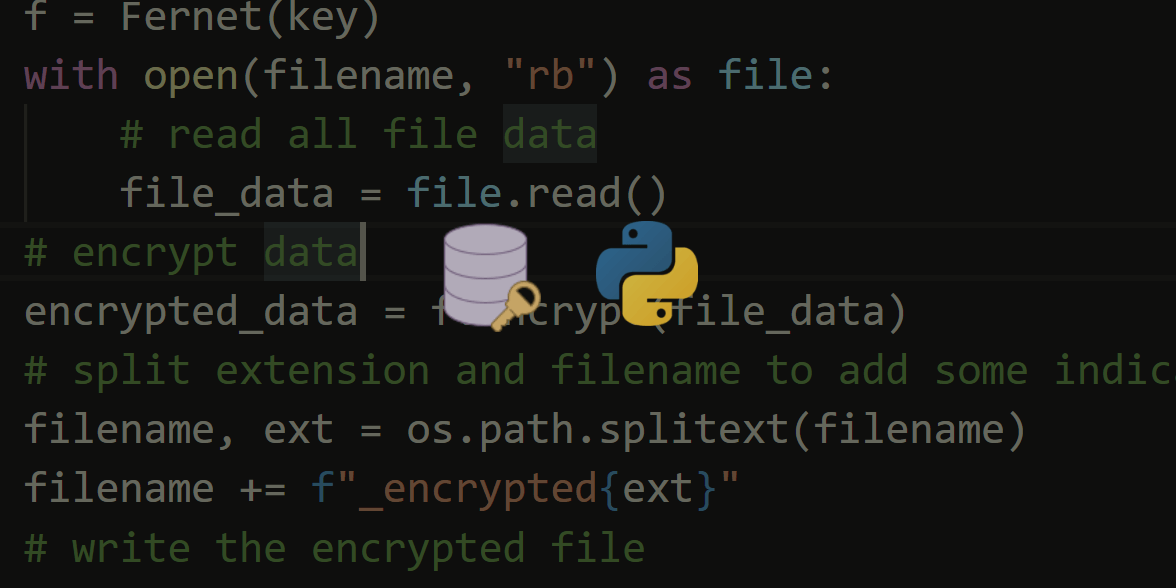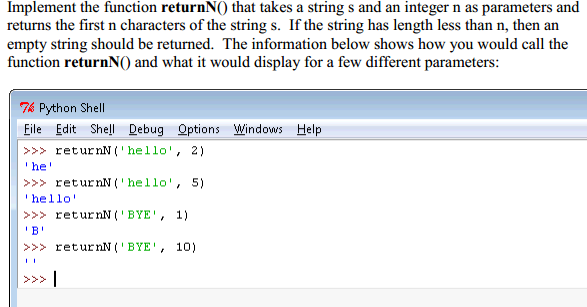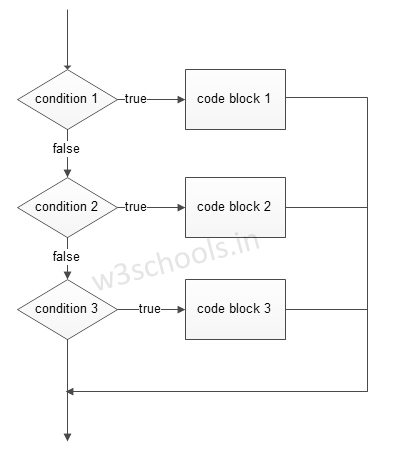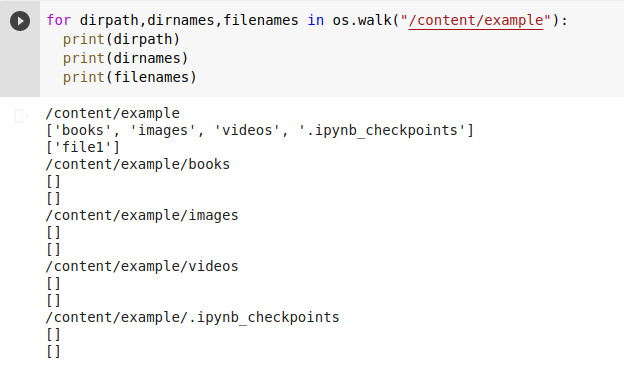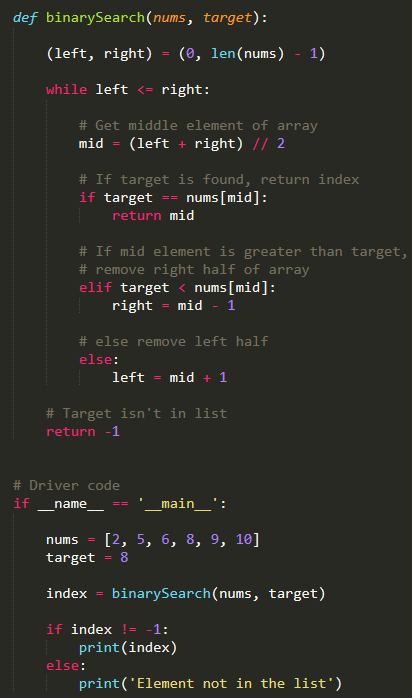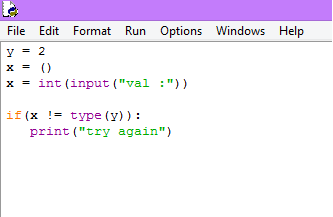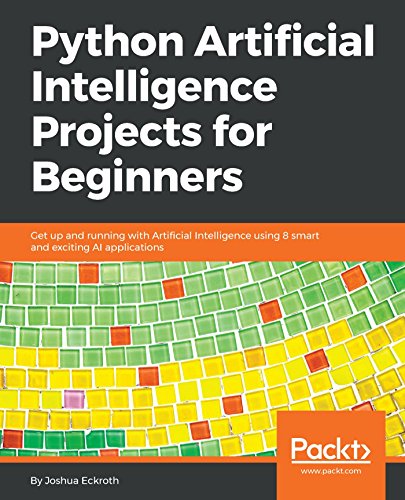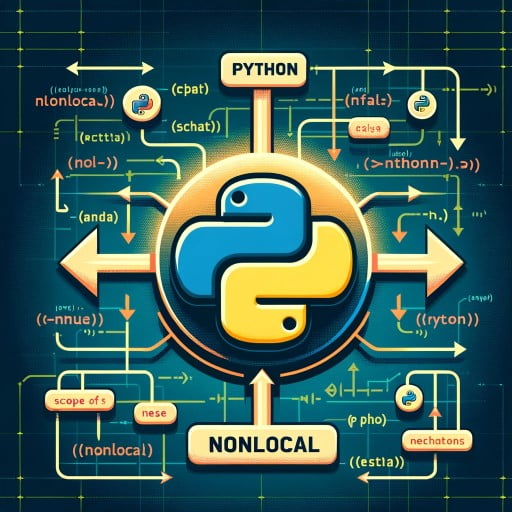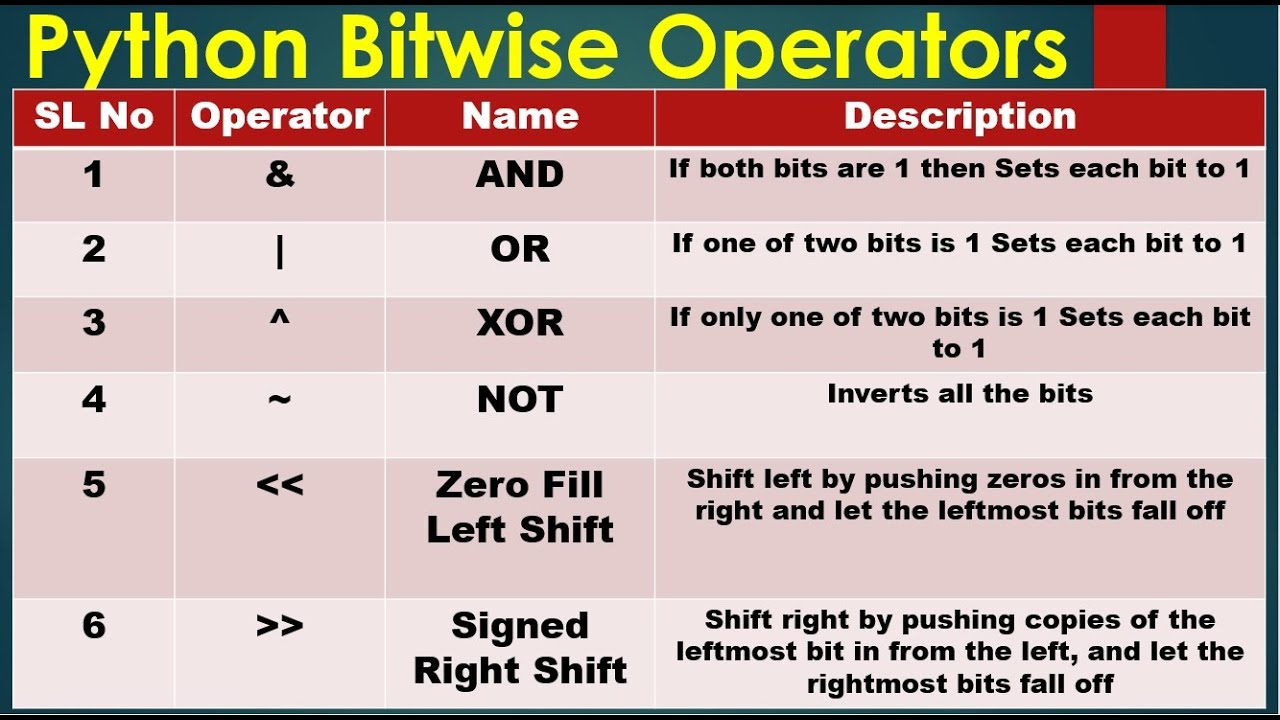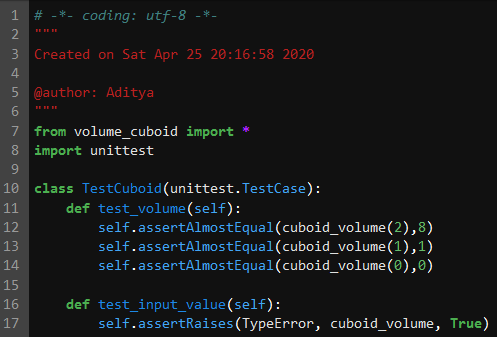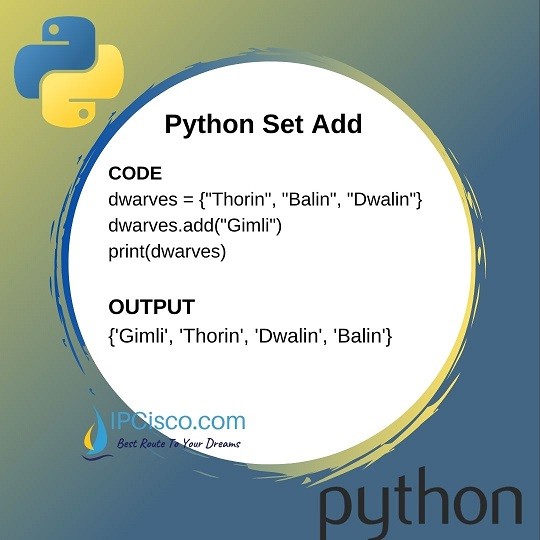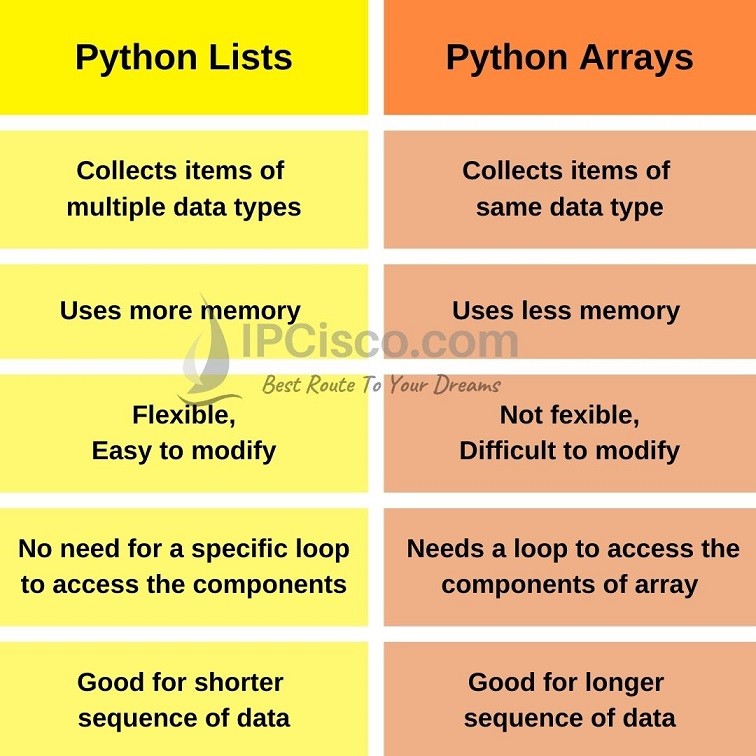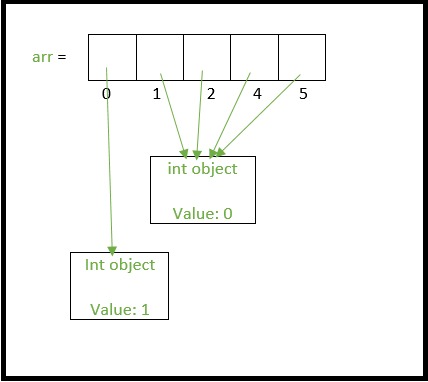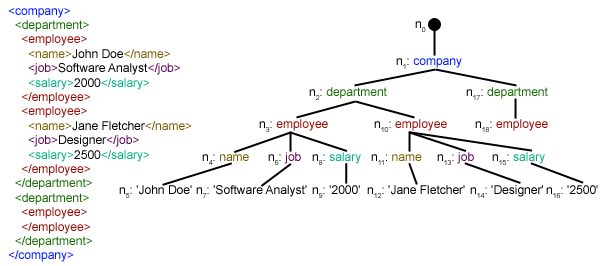Types of functions in Python
Types of functions in Python
I'm happy to respond in English!
Python is a versatile programming language that offers various types of functions to facilitate coding tasks. Functions are reusable blocks of code that can be called multiple times with different inputs to produce the desired output. Here, we'll explore the main types of functions in Python:
Built-in Functions: These are pre-defined functions provided by the Python interpreter, such asprint(), len(), abs(), and more. Built-in functions can be used directly without defining them. User-Defined Functions (UDFs): Also known as custom or manual functions, these are defined by the programmer using the def keyword. UDFs allow you to create your own reusable code blocks with specific inputs and outputs. Higher-Order Functions: These are functions that take other functions as arguments or return functions as output. Examples include map(), filter(), reduce(), and lambda functions. Closure Functions: These are UDFs that have access to their own scope (local variables) and the global scope. Closures allow you to create self-contained functions with a specific context.
Functionality:
Functions in Python can perform various tasks, such as:
Calculation: Perform arithmetic operations, conversions, or calculations. Input/Output: Interact with users, files, databases, or networks. Control Flow: Implement decision-making logic usingif, for, and while statements. Data Manipulation: Process lists, dictionaries, sets, or other data structures.
Benefits of Functions:
Functions offer several advantages:
Modularity: Break down large programs into smaller, manageable pieces. Reusability: Use the same function in multiple parts of your program without rewriting code. Readability: Improve code readability by using descriptive function names and comments. Efficiency: Reduce repetition and improve performance by executing the same logic in different contexts.Best Practices:
When defining functions, keep these best practices in mind:
Use meaningful and descriptive function names. Document your functions with docstrings (a string containing a description of the function's purpose). Test your functions thoroughly to ensure they work correctly. Keep your functions concise and avoid complex logic.In conclusion, Python offers various types of functions that can be used to perform specific tasks or operations. By mastering these fundamental concepts, you'll become more proficient in writing efficient, readable, and maintainable code.
Calling a function in Python
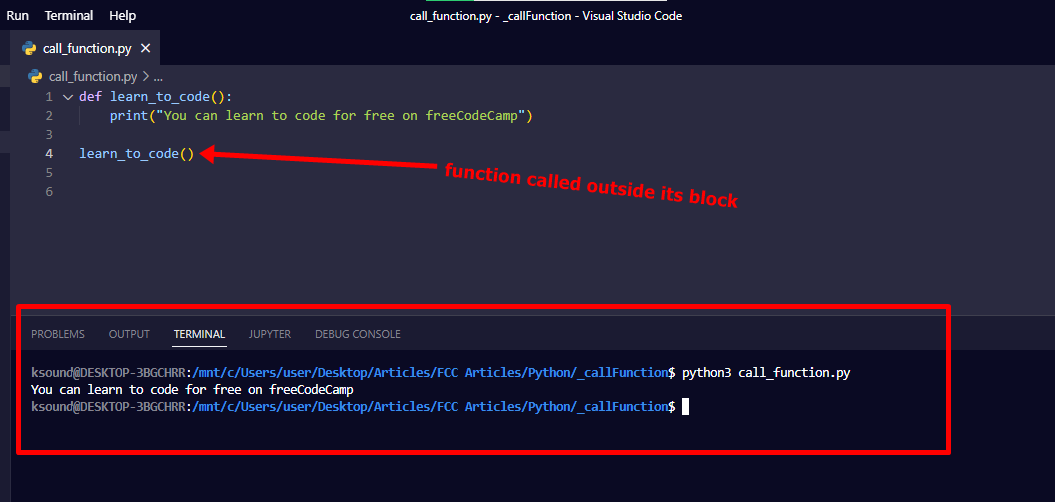
Calling a function in Python is an essential aspect of programming in this popular language. In Python, you can define your own functions using the def keyword followed by the name of the function and its parameters within parentheses.
For example, let's consider a simple function that takes two numbers as input and returns their sum:

def add_numbers(a, b):
return a + b
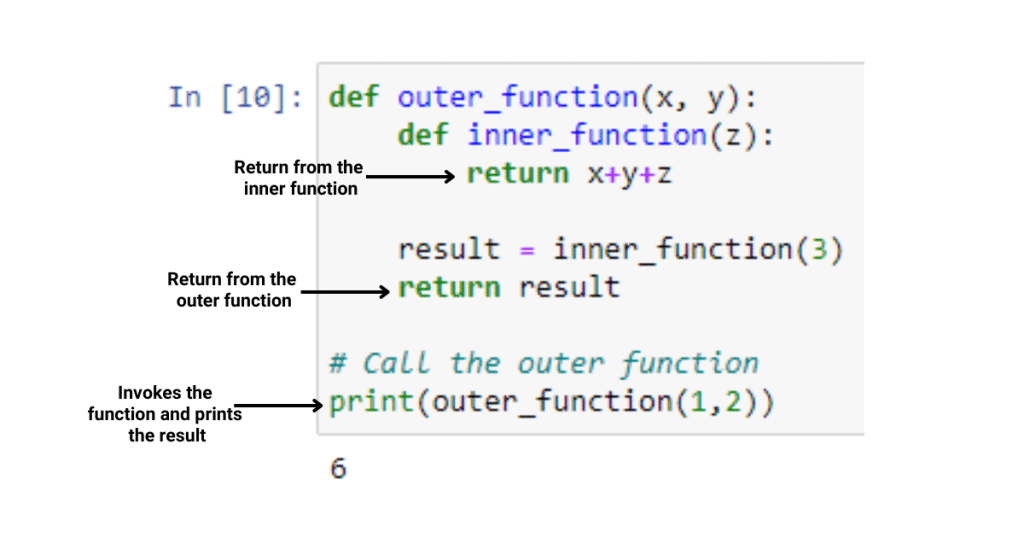
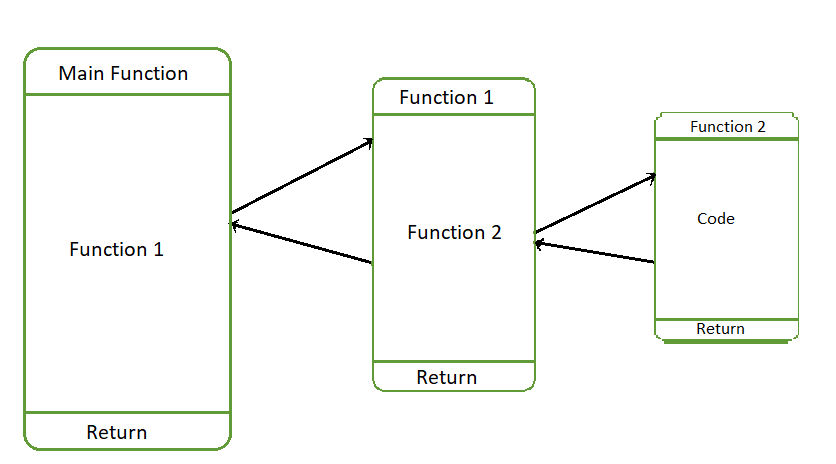
To call this function, you would use the function name followed by parentheses containing any required arguments. For instance, to get the result of adding 2 and 3, you would call the add_numbers function like this:
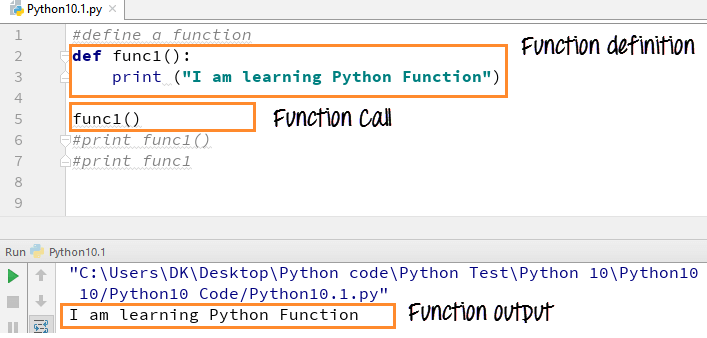
result = add_numbers(2, 3)
print(result) # Outputs: 5
Functions can also take default values for their parameters. This is useful when you want a parameter to have a specific value if it's not provided when the function is called. Here's an example of how you could modify our add_numbers function to include default values:
def add_numbers(a, b=0):
return a + b
Now, if you call this function with only one argument, like so:
result = add_numbers(2) # Outputs: 2
The value of b would default to 0, and the function would simply return the sum of a and 0. If you still want to provide a different value for b, you can do so like this:
result = add_numbers(2, 3) # Outputs: 5
Another useful aspect of Python functions is their ability to use variable numbers of arguments using the *args syntax. For instance, let's say we want a function that takes any number of arguments and returns their average:
def average(*args):
return sum(args) / len(args)
To call this function with different values, you would pass them as separate arguments like this:
result = average(1, 2, 3, 4) # Outputs: 2.5
Or, if you have a list of numbers that you want to average:
numbers = [1, 2, 3, 4]
result = average(*numbers) # Outputs: 2.5
In this case, the *numbers syntax would "unpack" the list into individual arguments for the function.
Finally, let's look at how you can use functions as first-class citizens in Python. This means that functions can be passed around like any other value (e.g., returned from a function or stored in a data structure), and then called later. Here's an example of this:
def add_numbers(a, b):
return a + b
def call_function(func, a, b):
return func(a, b)
result = call_function(add_numbers, 2, 3)
print(result) # Outputs: 5
In this case, we define the add_numbers function as before, and then we define a new function called call_function. The call_function function takes another function (in this case, add_numbers) along with two numbers, and it calls the given function with those numbers. We can then use this call_function to call any of our functions like add_numbers, passing them whatever arguments they need.
I hope that gives you a good introduction to calling functions in Python!
